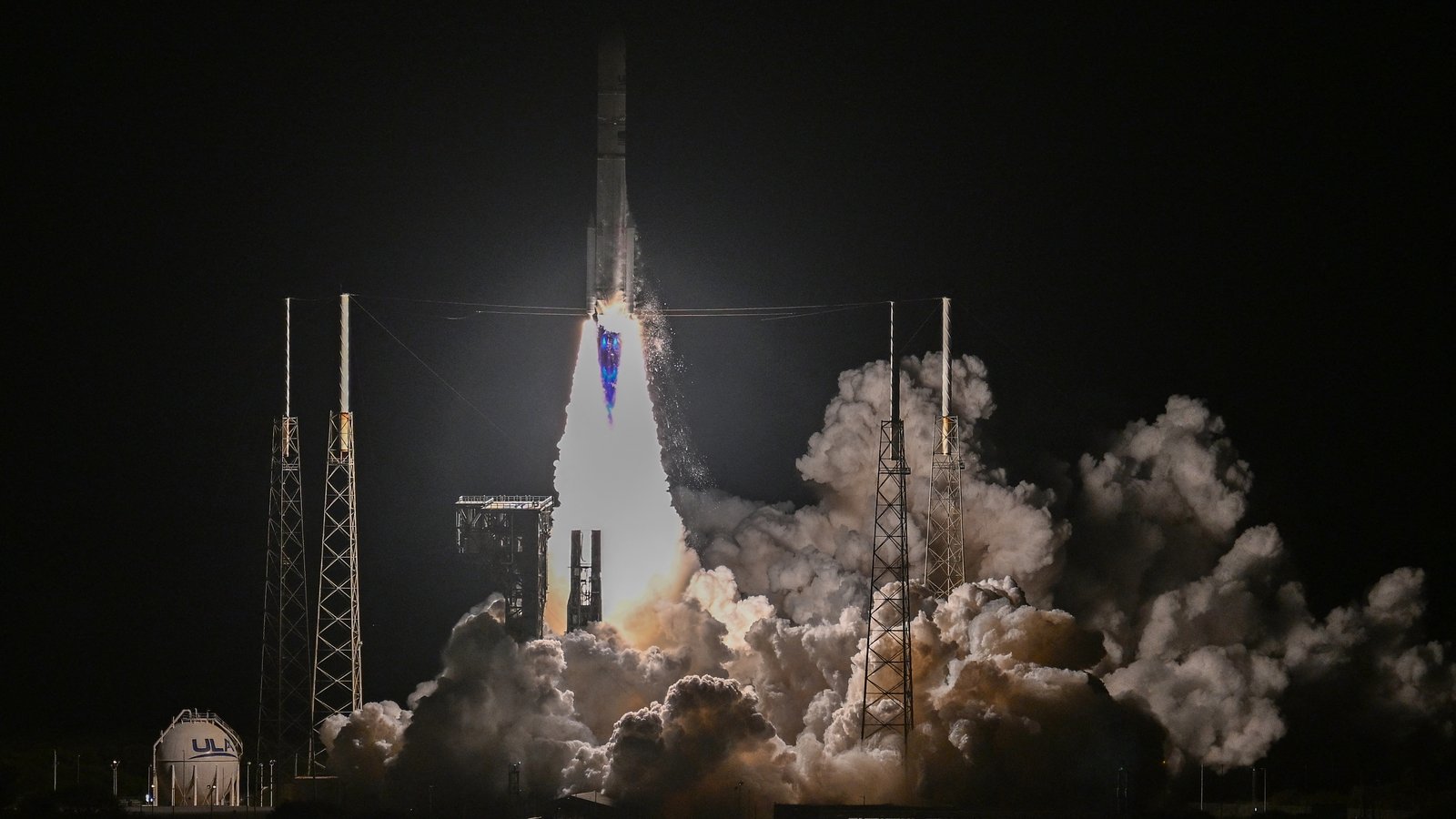US spaceship lost over Pacific after failed Moon trip


A US spaceship has been lost over a remote region of the South Pacific, probably burning up in the atmosphere in a fiery end to its failed mission to land on the Moon.
Astrobotic’s Peregrine lander was launched on 8 January under an experimental new partnership between NASA and private industry intended to reduce costs for US taxpayers and seed a lunar economy.
But it experienced an explosion shortly after separating from its rocket and had been leaking fuel, damaging its outer shell as well as making it impossible to reach its destination.
In its latest update, Astrobotic posted on X that it had lost contact with its spacecraft shortly before 9pm Irish time last night, indicating a “controlled re-entry over open water” as it had predicted.
(1/2) Update #22 for Peregrine Mission One pic.twitter.com/YIKQKE6fgH
— Astrobotic (@astrobotic) January 19, 2024
The Pittsburgh-based company added it would await independent confirmation of Peregrine’s fate from the relevant government authorities. A previous update provided atmospheric re-entry coordinates a few kilometres south of Fiji, albeit with a wide margin of error.
Engineers had executed a series of small engine burns to position the boxy, golf cart-sized robot over the ocean to “minimise the risk of debris reaching land.”
Astrobotic also tweeted a photograph taken by the spaceship on its final day, revealing the Earth’s crescent as it positioned itself between the Sun and our planet.
(2/2)Peregrine captured this video moments after successful separation from @ulalaunch Vulcan rocket. Counterclockwise from top left center is the DHL MoonBox, Astroscale’s Pocari Sweat Lunar Dream Time Capsule, & Peregrine landing leg. Background: our big blue marble, Earth! pic.twitter.com/1y4OsosNDp
— Astrobotic (@astrobotic) January 19, 2024
Peregrine operated for over ten days in space, exciting enthusiasts even after it became clear Astrobotic would not succeed in its goal to be the first company to achieve a controlled touchdown on the Moon – and the first American soft landing since the end of the Apollo era, more than five decades ago.
NASA had paid the company more than $100 million under the Commercial Lunar Payload Services (CLPS) programme to ship its science instruments to the Moon, as it prepares to send US astronauts back to the Moon later this decade under the Artemis programme.
Astrobotic also carried more colourful cargo on behalf of private clients, such as the DNA and cremated remains of some 70 people, including Star Trek creator Gene Roddenberry and sci-fi author Arthur C. Clarke.
Though it has not worked out this time, NASA officials have made clear their strategy of “more shots on goal” means more chances to score. The next attempt under CLPS, by Houston-based Intuitive Machines, launches in February.
The Japanese space agency’s “Moon Sniper,” which launched in September, will be the next spaceship to attempt a soft lunar touchdown, a notoriously difficult feat, shortly after midnight Japan time tomorrow (3pm Irish time today).
If it succeeds, Japan will be the fifth nation to complete the achievement, after the Soviet Union, United States, China and India.





